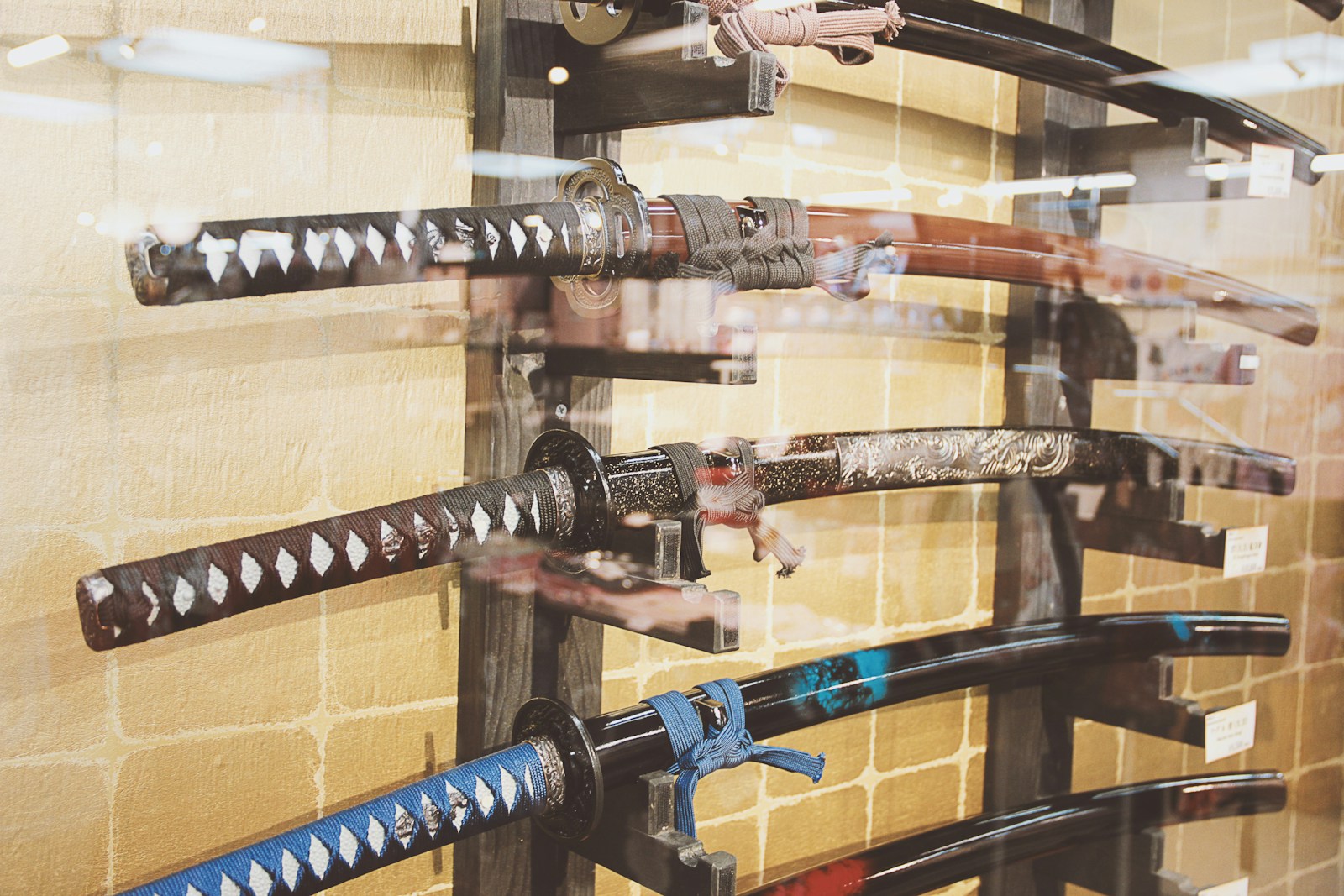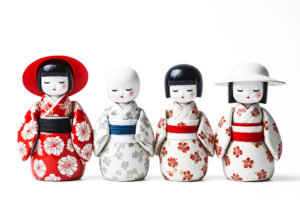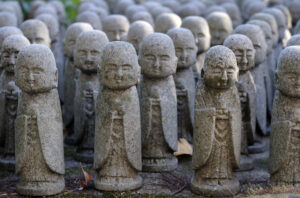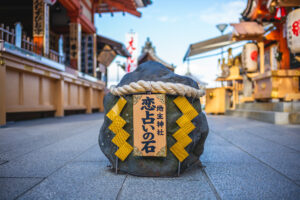In a world that increasingly leans towards the digital and ephemeral, the katana — a symbol of honor, precision, and tradition — stands as a tangible testament to the enduring legacy of craftsmanship and culture. This legendary Japanese sword, known as much for its aesthetic beauty as for its deadly efficiency, continues to captivate the imagination of people around the globe. The story of the katana is a fascinating journey through history, art, and science, a tale of master smiths and warriors, and an evolving legacy that has spanned centuries. From its origins in ancient Japan to its place in modern society as both a weapon and a work of art, the katana remains a poignant symbol of the samurai spirit. This article delves into the history and craft of the katana, exploring the intricacies of its making, the evolution of its design, and its impact on culture both in Japan and worldwide.
The Katana: Samurai’s Soul in Steel
The katana is more than just a weapon; it is an embodiment of the samurai ethos, representing the virtues of honor, discipline, and precision. Crafted with unparalleled skill, the katana was considered the soul of the samurai, an extension of their very being. The bond between a samurai and his katana was profound, with the sword serving not only as a tool of warfare but also as a spiritual companion. The meticulous craftsmanship and the rituals surrounding its creation and maintenance underscored its significance in Japanese culture. It was not merely a means of combat but a symbol of the warrior’s code and a work of art revered for its beauty and elegance.
Origins of the Blade: Birth of the Katana
The katana emerged in Japan during the Kamakura period (1185–1333), a time marked by warfare and the need for a weapon that combined effective cutting power with the ability to be drawn quickly. Prior swords were more curved and longer, suited for cavalry combat. The katana, with its distinctive curved blade, was designed to be worn with the edge facing upward, allowing the samurai to unsheath and strike their enemy in a single, swift movement. This innovation marked a significant evolution in Japanese swordsmanship and set the stage for the katana’s central role in the bushido tradition.
The Evolution of the Katana Through Ages
Over centuries, the design of the katana underwent refinements, reflecting changes in martial techniques and the demands of warfare. The blade became slightly curved, optimizing it for both cutting and thrusting. The development of different types of steel and forging techniques also contributed to the katana’s evolution. During the peaceful Edo period (1603–1868), the artistry of the katana flourished, with swordsmiths focusing more on the beauty and craftsmanship of the blade, incorporating elaborate designs and inscriptions. Throughout its history, the katana has remained a symbol of the samurai spirit, adapting to the changing times while maintaining its essence.
Master Smiths: Guardians of the Flame
At the heart of the katana’s creation are the master smiths, artisans who dedicate their lives to perfecting the art of sword making. These guardians of tradition have passed down their knowledge and skills through generations, from selecting the right materials to the final assembly of the sword. The process of creating a katana is arduous and steeped in ritual, with each step requiring precise control and deep understanding. The master smiths’ commitment to excellence ensures that each katana is not only a weapon of superior quality but also a unique masterpiece.
The Secret Science of Tamahagane Steel
The soul of the katana lies in its steel, known as tamahagane. This high-quality steel is made from iron sand and charcoal in a traditional smelting process that can take up to a week. The resulting steel contains varying carbon concentrations, which the swordsmith carefully selects and combines to create a blade with the perfect balance of sharpness and durability. The creation of tamahagane is a painstaking process that requires great skill and patience, making it a crucial element in the art of katana making.
The Art of Folding: Strength in Layers
One of the most distinctive features of the katana is its layered structure, achieved through a process of folding and forging the steel. This technique, which can involve folding the steel as many as sixteen times, removes impurities and ensures an even distribution of carbon, resulting in a blade that is incredibly strong and resilient yet flexible. The folding process also creates the unique grain patterns that are characteristic of the katana, making each sword a one-of-a-kind work of art.
The Edge of Perfection: Sharpening Skills
The katana’s lethality is largely due to its razor-sharp edge, honed to perfection by skilled polishers. This sharpening process is as much an art as it is a science, requiring years of training to master. The polishers use a variety of stones to gradually refine the blade, a meticulous task that can take weeks to complete. The result is a mirror-like finish that not only enhances the katana’s beauty but also its cutting efficiency, demonstrating the symbiosis of form and function.
Signatures in Steel: The Craft of Tsuba
The tsuba, or hand guard, is an integral part of the katana, serving both a practical purpose in protecting the hand and an artistic one, as a canvas for intricate designs and inscriptions. Craftsmen known as tsuba-shi specialize in creating these pieces, often incorporating symbols and motifs that have personal or cultural significance. The tsuba is a testament to the katana’s status as both a weapon and a personal talisman, reflecting the samurai’s identity and values.
From Forge to Battlefield: The Katana’s Role
On the battlefield, the katana was a symbol of the samurai’s authority and prowess. Its effectiveness in close combat was unrivaled, capable of cutting through armor and enemies with grace and precision. The katana also played a crucial role in ceremonial and ritual practices, underscoring its deep spiritual significance. Beyond its martial applications, the katana served as a symbol of social status and personal honor, embodying the ideals of the bushido code.
Preserving the Legacy: Katana Restoration
As the number of master swordsmiths dwindles, the art of katana restoration has become increasingly important in preserving this cultural heritage. Specialists in this field work meticulously to repair and maintain ancient blades, ensuring that they can be appreciated by future generations. This painstaking work involves not only the physical restoration of the katana but also the preservation of the techniques and knowledge that have been passed down through centuries.
Modern Metallurgy Meets Ancient Craft
In recent years, the ancient techniques of katana making have intersected with modern metallurgy, leading to new innovations in the craft. Contemporary swordsmiths are exploring ways to combine traditional methods with the latest scientific advancements to create blades of unmatched quality. This fusion of old and new ensures that the art of the katana continues to evolve, keeping the tradition alive while enhancing the performance and aesthetic appeal of these legendary swords.
The Katana Today: Cultural Icon and Inspiration
Today, the katana transcends its origins as a weapon of war, embodying the resilience, craftsmanship, and ethos of the samurai spirit in modern culture. It serves as an inspiration in martial arts, film, literature, and art, a symbol of Japan’s rich heritage and enduring values. The katana’s legacy continues to inspire not only sword enthusiasts and collectors but also artists, historians, and anyone captivated by the pursuit of excellence and the preservation of tradition.
The katana, with its storied history and exquisite craftsmanship, remains a powerful symbol of the samurai’s legacy and Japan’s cultural heritage. As the world moves forward, the reverence for this ancient weapon and the traditional art of its creation endures, a testament to the enduring appeal of the katana’s blend of beauty, utility, and spirit. Through the dedicated efforts of master smiths, restorers, and enthusiasts, the legacy of the katana is preserved and passed on to future generations, ensuring that this iconic blade continues to inspire awe and admiration. In exploring the history and craft of the katana, we uncover not just the story of a weapon, but the essence of a culture that values honor, precision, and artistry above all.








